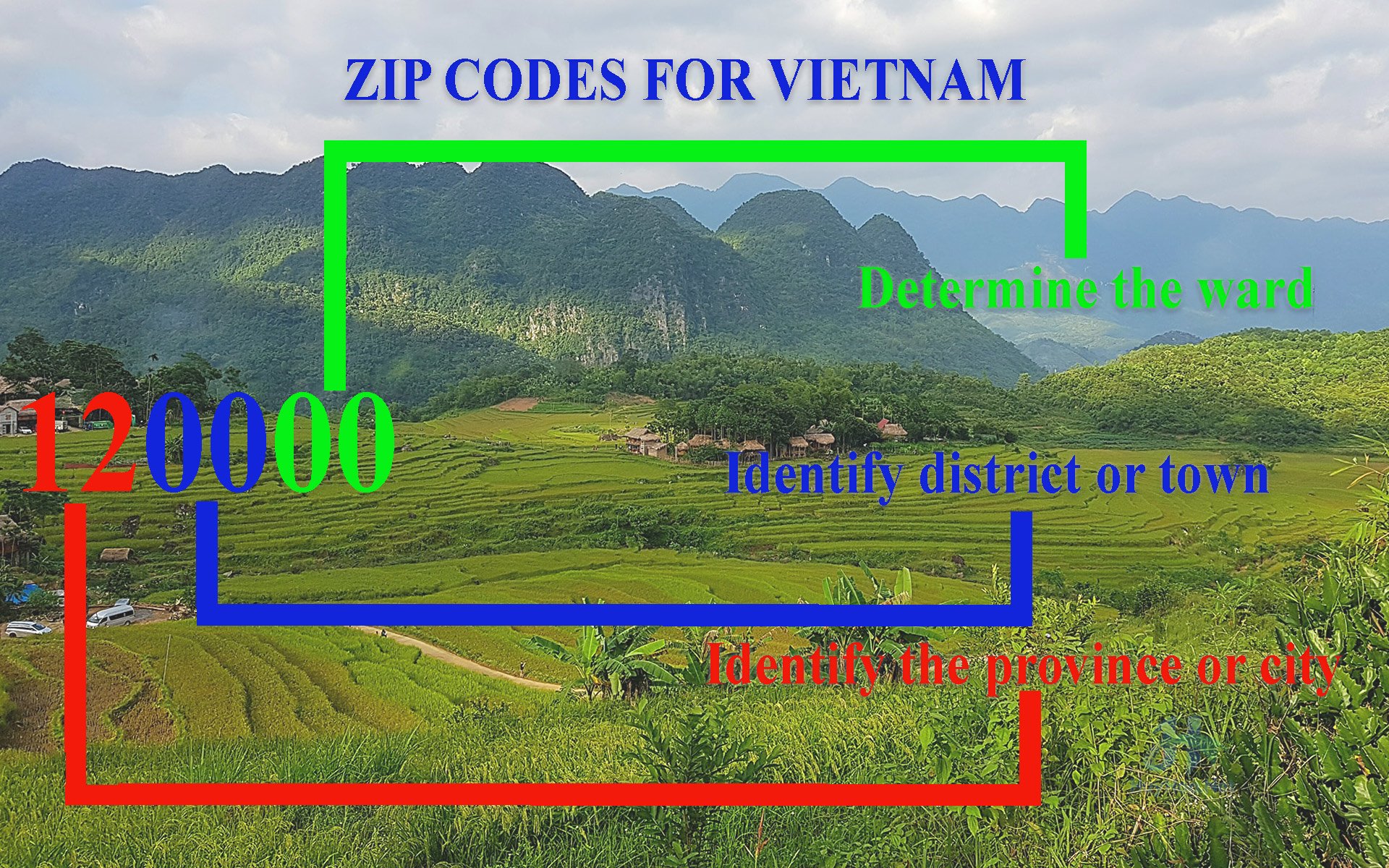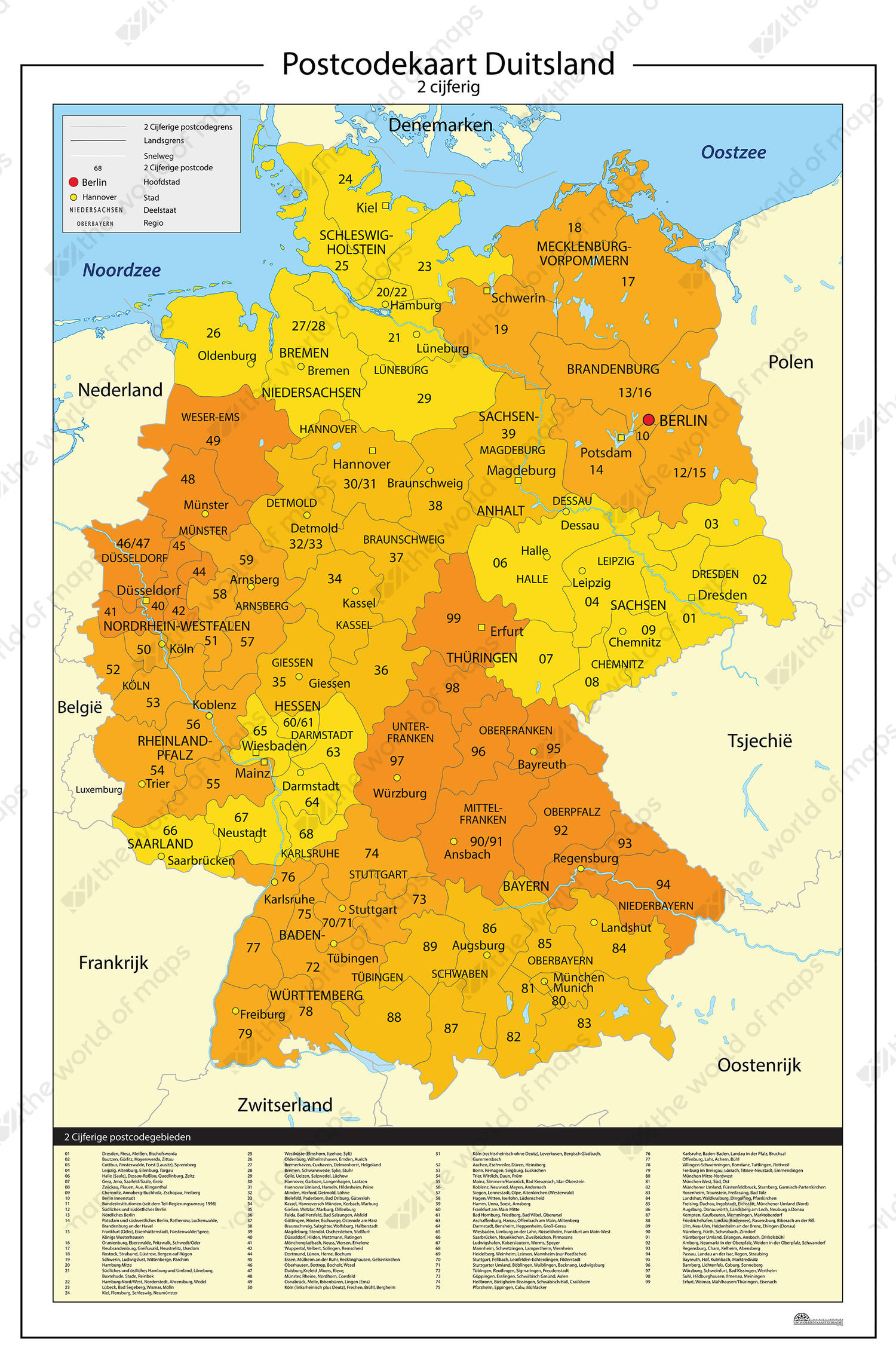How Are Postal Codes Determined: The Inside Scoop You’ve Been Waiting For
Ever wonder how postal codes are determined? It’s not just some random numbers thrown together, my friend. There’s a whole method to the madness, and today, we’re diving deep into the world of postal codes. You might think it’s boring, but trust me, there’s a story behind every digit, and it’s way cooler than you’d expect.
Postal codes are like the secret GPS for mail carriers. They’re the unsung heroes that make sure your letters and packages don’t get lost in the shuffle. But how exactly do they work? What goes into deciding those numbers? Well, buckle up because we’re about to break it all down for you.
Whether you’re a curious mind or someone who just wants to impress their friends at trivia night, this article has got you covered. We’re going to explore everything from the history of postal codes to how they’re determined today. So, let’s get into it!
Table of Contents
- The History of Postal Codes
- How Are Postal Codes Determined?
- The Story Behind US ZIP Codes
- International Postal Codes: What’s the Deal?
- How Technology Shapes Postal Codes
- The Future of Postal Codes
- Benefits of Properly Determined Postal Codes
- Common Mistakes in Postal Code Usage
- Data and Statistics Behind Postal Codes
- Wrapping It Up
The History of Postal Codes
Postal codes haven’t always been around, you know. Back in the day, sending mail was a whole different ball game. Imagine writing an address and hoping for the best. It was chaos, pure chaos. But then, someone got smart and decided to organize things.
The first postal codes as we know them today were introduced in the 1940s. The idea was simple: assign specific codes to different areas to streamline mail delivery. It wasn’t perfect at first, but it sure beat the old system of guesswork and crossed fingers.
Why Were Postal Codes Invented?
Think about it—before postal codes, mail carriers had to memorize entire neighborhoods. Yeah, that’s right, memorize. Can you imagine trying to remember every street name and house number in a city? Postal codes changed all that by giving each area a unique identifier.
- Understanding The Vital Role Of Ctos A Comprehensive Guide
- Beloved Disney Cartoon Characters A Timeless Legacy
- Postal codes help sort mail faster.
- They reduce errors in delivery.
- They make it easier to expand delivery networks.
So, next time you see those numbers on your envelope, give a little nod to the geniuses who came up with this brilliant system.
How Are Postal Codes Determined?
Alright, let’s get to the meat of the matter. How are postal codes determined? It’s not just throwing darts at a map, although that would be fun. There’s a lot of thought and planning that goes into it.
Postal codes are typically determined based on geographical areas. Each code represents a specific region, and these regions are divided into smaller and smaller sections depending on the country’s needs. In some places, it’s all about population density, while in others, it’s about physical geography.
Factors That Influence Postal Code Determination
Let’s break it down into bite-sized pieces:
- Geography: Mountains, rivers, and other natural features often play a role in dividing postal zones.
- Population: More people mean more mail, so densely populated areas usually have more specific codes.
- Administrative Regions: Cities, states, and provinces are often used as boundaries for postal codes.
- Urban vs. Rural: Urban areas tend to have more complex codes due to the sheer volume of mail they handle.
It’s like a giant puzzle, and every piece has to fit perfectly for the system to work smoothly.
The Story Behind US ZIP Codes
America’s ZIP codes are some of the most famous postal codes in the world. But what does ZIP even stand for? Well, it’s an acronym for Zone Improvement Plan. Catchy, right? The US Postal Service introduced ZIP codes in 1963 to help speed up mail delivery across the country.
US ZIP codes consist of five digits, and each digit has a specific meaning. The first digit represents a broad region of the country, while the next two digits narrow it down to a specific section within that region. The last two digits pinpoint the exact post office or delivery area.
Why Are US ZIP Codes So Important?
Here’s the deal: without ZIP codes, the US postal system would be a total mess. They help sort millions of pieces of mail every day, ensuring that everything gets where it needs to go. And let’s not forget about those optional four extra digits—those are for even more precise delivery.
So, next time you fill out a form with a ZIP+4 code, remember that those extra numbers are doing a lot of heavy lifting behind the scenes.
International Postal Codes: What’s the Deal?
Not all countries use the same system as the US. Some have alphanumeric codes, while others stick to numbers. It’s like a big global experiment, and each country has found its own way to make postal codes work.
For example, Canada uses a combination of letters and numbers, while the UK uses something called postcodes, which can vary in length and format. It’s all about finding what works best for the local postal service and the needs of the population.
Challenges of International Postal Codes
One of the biggest challenges with international postal codes is consistency. With so many different systems in play, it can be tricky to keep everything straight. That’s why organizations like the Universal Postal Union work to standardize practices and make sure mail can flow freely across borders.
But even with all the challenges, international postal codes are a testament to human ingenuity and our ability to solve complex problems.
How Technology Shapes Postal Codes
Let’s talk tech for a second. In today’s digital age, postal codes aren’t just for mail anymore. They’re used for everything from online shopping to GPS navigation. Technology has revolutionized the way we use and interact with postal codes.
For example, many e-commerce platforms use postal codes to determine shipping costs and delivery times. It’s all about making the process as efficient as possible. And let’s not forget about apps that use postal codes to provide location-based services. It’s like having a personal assistant in your pocket.
The Role of AI in Postal Code Determination
Believe it or not, AI is starting to play a role in how postal codes are determined. By analyzing data and trends, AI can help postal services optimize their networks and improve delivery times. It’s like having a super-smart assistant working behind the scenes.
But don’t worry, humans are still in charge. At least for now.
The Future of Postal Codes
So, what does the future hold for postal codes? Well, with the rise of smart cities and the Internet of Things, we might see even more advanced systems in the years to come. Imagine a world where every building has its own unique code, or where drones use postal codes to deliver packages.
It’s all about staying ahead of the curve and adapting to the changing needs of society. Postal codes might seem like a small thing, but they’re a vital part of our daily lives, and they’ll continue to evolve as technology advances.
Predictions for the Next Decade
Here’s what we might see in the next ten years:
- More integration with smart devices.
- Improved accuracy in location-based services.
- Even faster delivery times thanks to AI and automation.
Exciting, right? The future of postal codes is looking bright.
Benefits of Properly Determined Postal Codes
Now that we’ve covered how postal codes are determined, let’s talk about why they matter. Properly determined postal codes offer a ton of benefits, both for individuals and businesses.
For starters, they make mail delivery faster and more accurate. They also help businesses save money on shipping costs by providing precise location data. And let’s not forget about the convenience factor. Who doesn’t love getting their packages delivered right to their doorstep?
How Businesses Can Benefit
Businesses that use postal codes effectively can gain a competitive edge. They can offer better customer service, reduce shipping errors, and even expand into new markets. It’s all about leveraging the power of postal codes to improve operations.
So, whether you’re a small business owner or a global corporation, understanding postal codes can make a big difference.
Common Mistakes in Postal Code Usage
Even with all the benefits, people still make mistakes when it comes to postal codes. It happens to the best of us. But don’t worry, we’re here to help you avoid the most common pitfalls.
One of the biggest mistakes is assuming that postal codes are interchangeable. They’re not. Each code represents a specific area, and using the wrong one can lead to delays or even lost mail. Another common mistake is not updating your postal code when you move. It’s easy to forget, but it can cause a lot of headaches down the line.
Tips for Avoiding Mistakes
Here are a few tips to keep in mind:
- Double-check your postal code before sending mail.
- Update your address with your bank, credit card companies, and other important services when you move.
- Use online tools to verify postal codes if you’re unsure.
It’s all about being diligent and paying attention to the details.
Data and Statistics Behind Postal Codes
Let’s talk numbers for a second. Did you know that there are over 40,000 ZIP codes in the US alone? And that’s just the beginning. Around the world, there are millions of postal codes, each one representing a unique area.
According to the US Postal Service, they deliver over 146 billion pieces of mail every year. That’s a lot of envelopes and packages, and every single one of them relies on postal codes to get where it’s going. It’s a massive operation, and it wouldn’t be possible without the help of those trusty numbers.
Interesting Facts About Postal Codes
Here are a few fun facts to impress your friends:
- San Marino and Vatican City are the only countries in the world without postal codes.
- The shortest postal code in the world is just one letter long.
- Some countries use postal codes to determine tax rates and voting districts.
Who knew postal codes could be so fascinating?
Wrapping It Up
So, there you have it, folks. Postal codes might seem like a small thing, but they’re a crucial part of our modern world. From their humble beginnings to their role in shaping the future, postal codes have come a long way.
We’ve covered everything from how they’re determined to the benefits they offer and the challenges they face. And let’s not forget about the cool facts and stats that make postal codes even more interesting.
So, the next time you write down a postal code, take a moment to appreciate the hard work and innovation that goes into making it all possible. And if you’ve learned something new today, don’t forget to share this article with your friends. After all, knowledge is power, and postal codes are just one more way we’re all connected.
- Captivating Performance By Maciej Buzaa In 365 Days
- Discover The Height Of Nba Icon Lebron James In Feet

Zip Codes For Vietnam, Postal Codes In Vietnam 2023 All 63, 57 OFF

Postal Codes In Germany Wikipedia, 48 OFF

Pakistan Postal Codes Post Zip Codes Lahore